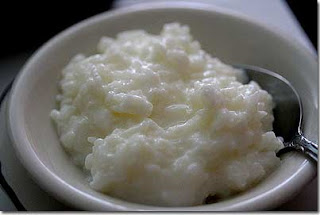A young man said to the abbot from the monastery, “I’d actually like to be a monk, but I haven’t learned anything in life. All my father taught me was to play chess, which does not lead to enlightenment.
The abbot asked for a chessboard, sent for a monk, and told him to play with the young man.
But before the game began, he added, “Although we need diversion, we cannot allow everyone to play chess the whole time. So, we have the best players here; if our monk loses, he will leave the monastery and his place will be yours.”
The abbot was serious. The young man knew he was playing for his life, and broke into a cold sweat; the chessboard became the center of the world.
The monk began badly. The young man attacked, but then saw the saintly look on the other man’s face; at that moment, he began playing badly on purpose. After all, a monk is far more useful to the world.
Suddenly, the abbot threw the chessboard to the floor.
“You have learned far more than was taught you,” he said. “You concentrated yourself enough to win, were capable of fighting for your desire. Then, you had compassion and were willing to make a sacrifice in the name of a noble cause. Welcome to the monastery, because you can balance discipline with compassion.”




